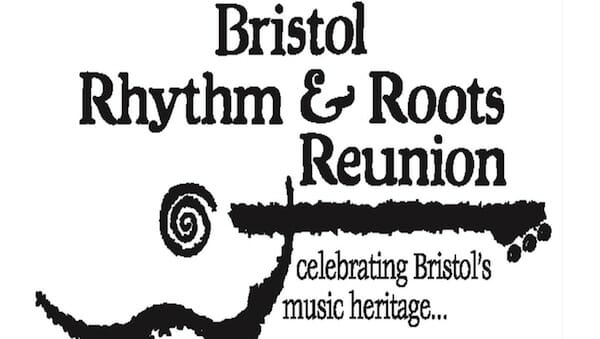Bristol Rhythm & Roots Reunion 2014

American music has been indelibly altered by big cities such as New Orleans, Memphis, Chicago, New York, Nashville and Los Angeles. But small cities have also left their mark. Studios in towns such as Muscle Shoals, Alabama; Clovis, New Mexico; Beaumont, Texas; Lafayette, Louisiana; and Macon, Georgia, have all created distinctive, influential sounds. But few small cities have done more to change American music than Bristol on the Tennessee/Virginia border.
Last weekend you could walk down the middle of State Street in Bristol because the road was closed for the terrific annual festival, the Bristol Rhythm & Roots Reunion. If you were walking eastward, your right shoulder would be in Tennessee and your left in Virginia. Straight ahead would be the State Street Stage, where Dale Watson had sauntered out during Billy Joe Shaver’s set. The two men bantered good naturedly about their two different songs about Shaver’s shooting of a man in Waco in self-defense.
Just south of Shaver’s stage was a historic marker designating the site of the Taylor-Christian Hat Company, the warehouse where Victor Records’ Ralph Peer had set up his portable recording equipment to record local artists between July 25 and August 5, 1927. Among the artists making their first-ever recordings were Jimmie Rodgers and the Carter Family, the acts that can fairly be said to have launched the modern era of country music.
The warehouse burned down in the 1970s, but a month and a half ago the Birthplace of Country Music Museum opened in Bristol, a belated acknowledgement of the town’s biggest historical event. Though it is short on actual artifacts, the museum tells the story of those momentous two weeks in 1927 through sophisticated, interactive multi-media stands.
Not only can you put on headphones and listen to many of the original recordings while reading the lyrics and credits, but you can also remix the songs using tracks recorded recently by local musicians. You can listen to the Tenneva Ramblers’ 1927 version of “The Longest Train I Ever Saw,” and then hear Leadbelly’s 1944 version (retitled “In the Pines”) and then Nirvana’s 1994 version (retitled “Where Did You Sleep Last Night?”).
The state border that runs through the middle of town is actually the reason for Bristol’s fame—for nearly a century, the northern and southern lines didn’t connect, forcing passengers to get out and walk to the other depot. To serve those pedestrians, hotels, restaurants, nightclubs, bars and brothels sprang up in town, which became a magnet for hospitality workers, including musicians. Recruited from regional farms, these young workers were metaphorically transplanted from the 19th century to the 20th when they moved to this railroad hub.
“The town’s motto wasn’t ‘Welcome to Bristol,’” says the museum’s director Jessica Turner. “The motto was ‘Push!’ This was a busy, progressive railroad town eager to be moving forward.”
-

-

-

-

-

-

-

-

-

-

-

-

-

-

-

-

-

-

-

-

-

-

-

-

-

-

-

-

-

-

-

-

-

-

-

-

-

-

-

-








































